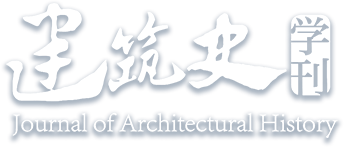Abstract:
The garden landscapes of Buddhist temples in the western suburbs of Beijing during the Ming and Qing dynasties garnered favor among literati officials, resulting in a multitude of travel notes. These documents not only provide insights into the distribution and exploration of Buddhist temple landscapes in the western suburbs but also reveal the cultural activity venue attributes. Examining the Buddhist temple garden landscape from the perspective of literati tour, this paper elucidates the distribution of these landscape, sightseeing routes, and associated activities during the Ming and Qing dynasties. Through this lens, it explores the dynamic interaction between landscapes and individuals, delving into the cultural connotations and societal impact of these temple gardens on the social lives of literati during that historical period.


 下载:
下载: